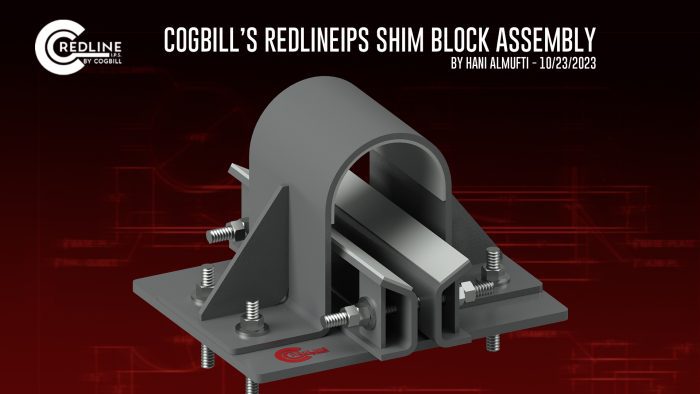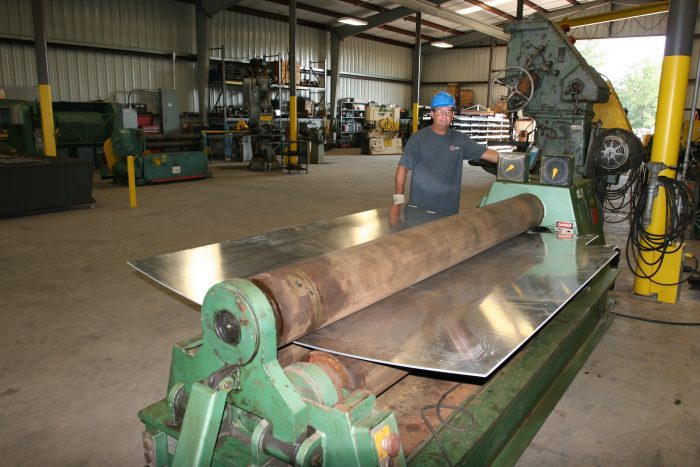Compressed Glass

Cogbill Safety Tuesday February 23, 2021
Working with compressed gases can present unique hazards. Compressed gases have the potential to be flammable, combustive, explosive, corrosive, and/or poisonous. Compressed gasses must be used with proper care to prevent these reactions from occuring. The following identifies some key guidelines on storage, identification, inspection, handling, and transportation that will help prevent hazardous accidents from occurring.
Storage
Always store compressed gas cylinders in a dry, well-ventilated location that is away from extreme temperatures. Cylinders must be stored securely to keep from falling or rolling. Valves must be kept closed and with the cap on while in storage.
Identification
The contents of each compressed gas cylinder must be clearly identified. The label on each cylinder should contain the following information:
Product Name
DOT ID Number
DOT Hazard Class
Manufacture Name & Location
Precautionary Statement
Inspection
Each employee shall perform a visual inspection of the cylinder before use. This will include the inspection of hoses/connections for abnormal wear and tear or anything that would present a hazard. Work areas shall perform periodic inspections to ensure that compressed gas cylinders under their control are in a safe condition. Always make sure that the regulator and valve fittings are compatible. Never use oil or grease on the regulator of a cylinder valve.
Proper Handle & Use
Gas cylinders must be secured at all times to prevent tipping.
Cylinders may be attached to bench top, individually to a wall, and/or placed in a holding cage.
Chains or sturdy straps must be used to secure the cylinder.
If cylinder caps cannot be removed, call the distributer and have them removed from the site.
Under no circumstances should employees attempt to repair a cylinder or valve.
Cylinders should be placed with the valve accessible at all times.
Cylinder valves should be closed whenever not in use or unattended.
Valve handles should remain on the valve stem at all times when the cylinder is in use.
Cylinder valves should be opened slowly.
When opening the valve on a cylinder the user should position the cylinder with the valve pointing away from them and others nearby.
Safe Transportation
Cylinders should not be subject to rough handling or abuse.
Cylinder caps must be in place to protect the valve assembly.
Cylinders should not be rolled or dragged.
Cylinders should be properly strapped or chained to designed carts or trucks.
Only one cylinder should be handled at a time.




